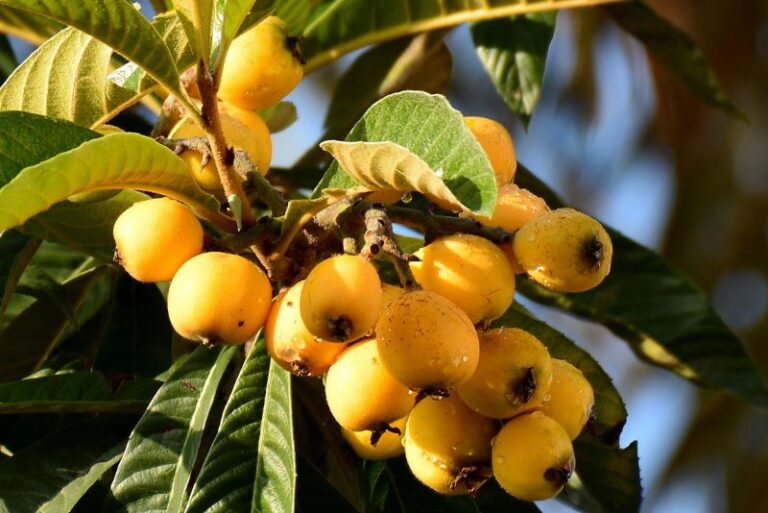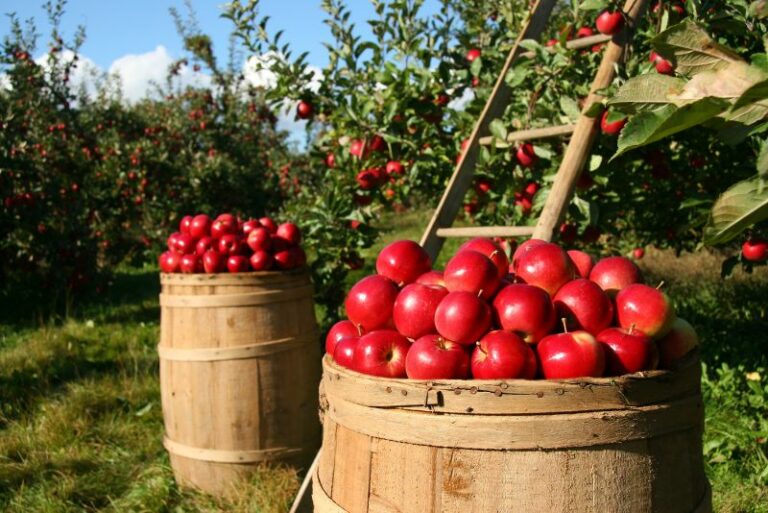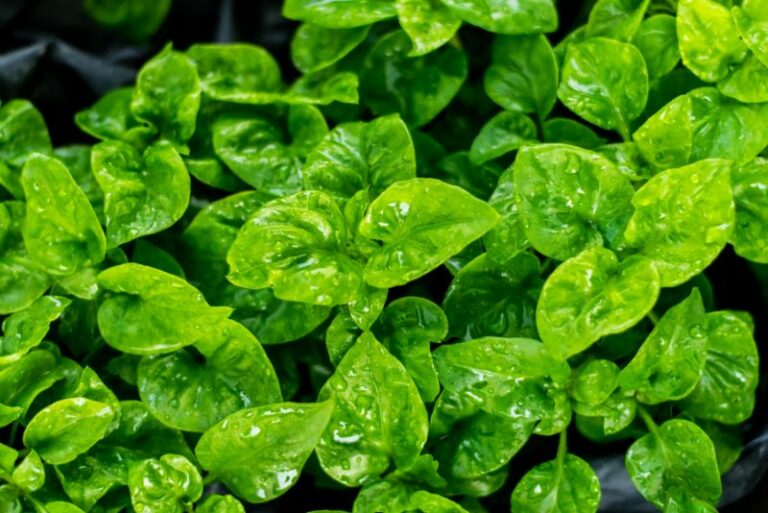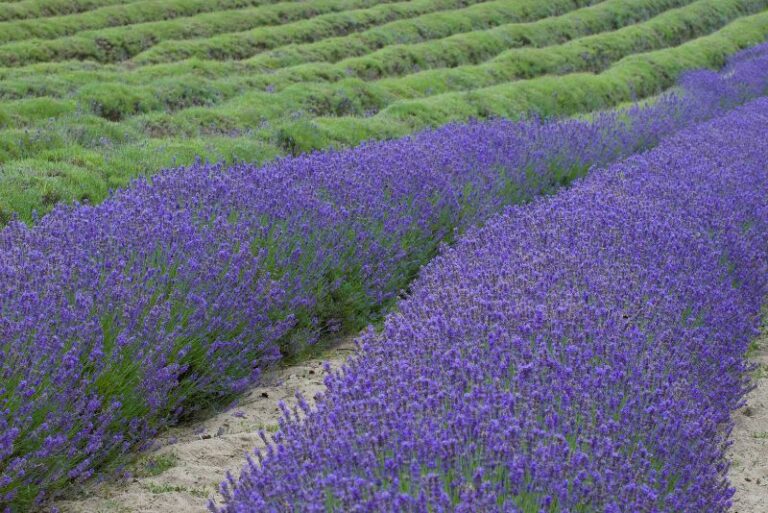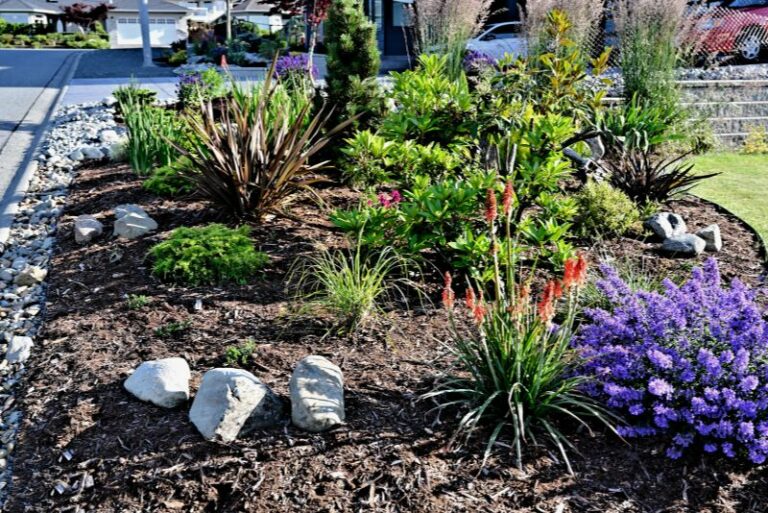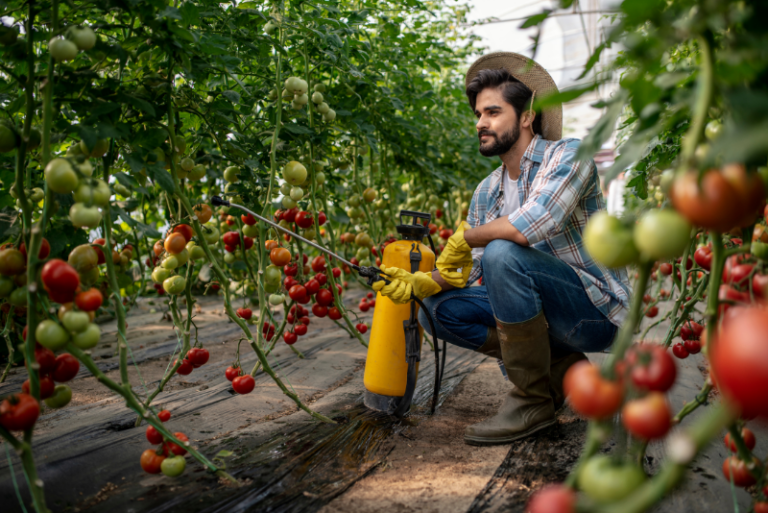Companion Plants for Potatoes: A Gardener’s Guide
Gardening is as much an art as it is a science. Within this craft, one of the most intricate practices is companion planting – a method that harnesses the relationships between plants to create a harmonious, beneficial ecosystem. In this extensive guide, we explore the world of companion planting specific to potatoes and how this technique can yield a bountiful and robust harvest while enhancing the overall health of your garden. If you’re a gardening enthusiast, sustainable living advocate, or home grower eager to optimize your potato crop, this post is sure to plant some exciting ideas in your green-thumbed mind.
The Art of Companion Planting

Companion planting is an ancient agricultural tradition that has resurged as a sustainable and organic approach to gardening. Its principles have been refined over centuries to maximize plant health, deter pests, and improve yields. The key to success lies in understanding which plants work best together and why.
Why Companion Plant with Potatoes?
Potato plants thrive in certain environments and suffer in others. By carefully choosing their garden companions, you can create a supportive infrastructure that mitigates the challenges and boosts their growth. The benefits are manifold, from natural pest control to increased soil fertility and enhanced flavor in the resulting harvest.
Companion Plants for Your Potatoes
It’s not just osmosis and photosynthesis that impacts your potato plants — their companions wield significant influence too. Here are some species that work wonders alongside your spud friends.
Beans
Beans are a boon to potatoes. Their nitrogen-fixing abilities elevate soil fertility, a crucial factor for the healthy growth of these heavy feeders. When you grow beans alongside potatoes, you’re essentially providing a steady supply of plant ‘superfood’ that promotes robust and lush potato crops.
How to Plant Beans with Potatoes
Garden Arrangement: Consider an alternating row pattern with potatoes and beans for a comprehensive soil health strategy. The ideal interplanting distance can be set roughly at 12 to 14 inches for potatoes and 8 inches for beans, with space for marigolds in-between.
Corn
Corn’s skyward structure can serve as natural trellises for viney potato varieties. Their pole-like stocks also provide for a beneficial play of light and shadow, allowing potatoes to grow unencumbered by excessive sun exposure. This potato-corn duet often results in healthier, more abundant harvests.
Growing Corn and Potatoes Together
Crop Proximity: For short seasons, it’s best to stagger the lengths of the two crops’ maturity periods to avoid crowding. Space the corn 12 inches or more apart in a block with 3-4 surrounding potatoes.
Marigolds
Marigolds are the knights in shining armor of the potato kingdom. They are renowned for their pest-repelling qualities, particularly against pesky nematodes that can wreak havoc on potato roots. They also add a splash of color to your garden and are edible for both humans and pets.
Marigold Planting Proximity to Potatoes
Nematode Defense: Marigolds should be planted heavily around the potato perimeter. A conservative planting distance would be every 6-12 inches, depending on your need for nematode deterrence.
Horseradish
The pungent horseradish plant repels pests, especially the notorious Colorado potato beetle. But the benefits don’t stop there. Horseradish’s allelopathic nature can also enhance the flavor and immune defense mechanisms of potatoes, resulting in more robust and tastier tubers.
Harmonizing Horseradish and Potatoes
Supporting Role: Planting horseradish at the corners of the potato crop can act as sentinel defenders against beetle incursions. Their roots don’t interfere too much, so their proximity can be quite close.
Companion Planting Techniques
The secret to a successful companion planting scheme lies in the details of implementation. These techniques are where theory meets practice, and your potatoes will be all the better for it.
Interplanting Strategies and Benefits
Interplanting is the act of putting different crops together in the same vicinity for mutual benefit. For example, in the case of potatoes and beans, the beans’ nitrogen production fuels the potatoes’ growth, while the potatoes provide a natural lattice for the bean vines to climb.
Rotating Crops for Long-Term Success
Crop rotation involves changing the planting locations of various vegetables from one season to the next. This practice prevents the buildup of specific pests and diseases that can plague certain crops and balances the demand on soil nutrients, protecting its health.
Companion Plant Pairings to Avoid
While some plants are excellent companions, others can be a bit of a wet blanket on your potato growing party. Knowing which plants tend to clash can save you time and potential crop loss.
Sunflowers
While aesthetically pleasing, sunflowers can stunt the growth of potatoes and other plants due to a predominant root system and allelopathic properties, releasing chemicals that may inhibit the growth of competitors.
Tomatoes
Despite being part of the same family, potatoes and tomatoes don’t see eye to eye on the issue of pathogens. They can share diseases such as blight and bacterial spot, so keeping them apart in the garden is beneficial.
Raspberries
The aggressive root systems of raspberries can often outcompete potatoes for nutrients and water. They also share similar susceptibility to verticillium wilt, a disease that could be spread by proximity.
Benefits of Companion Planting with Potatoes
Maximizing potato growth through companion planting isn’t just about reducing inputs and increasing yield. It’s a gesture of ecological balance and a nimble dance with nature that results in a more harmonious ecosystem, both below and above ground.
Enhanced Soil Health
By choosing companions that fix nitrogen, you’re infusing your soil with the essential element needed for plant growth. The release of nitrogen into the soil by these plants benefits not only the potatoes but the entire garden’s flora.
Pest Management
Strategically introducing pest-repelling plants like marigolds and horseradish can create a garden fortress against harmful insects, reducing the need for harmful pesticides and promoting a more diverse and healthy bug population.
Improved Yield
The careful choreography of interplanted crops translates to a more abundant and nutrient-dense harvest. Ensuring that your plants have access to all they need and are protected from what may harm them is a recipe for success.
In Summary
Companion planting with potatoes is a powerful and nuanced tool in any gardener’s kit. By leveraging the symbiotic relationships between plants, you can foster a thriving garden that sustains itself, promotes biodiversity, and yields a healthy and delicious bounty. The key to successful companion planting is observation, adaptability, and a willingness to experiment. Start small, learn, and grow. Your potatoes will thank you.
Drive stake through the heart of gardening challenges with this holistic approach to potato cultivation. In the age of horticultural science and environmental consciousness, it’s time to dig deeper into the soil of traditional wisdom and nourish your potatoes back to their flavorful best. Happy companion planting!

